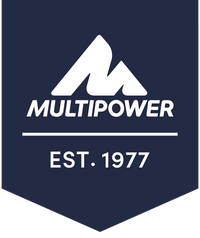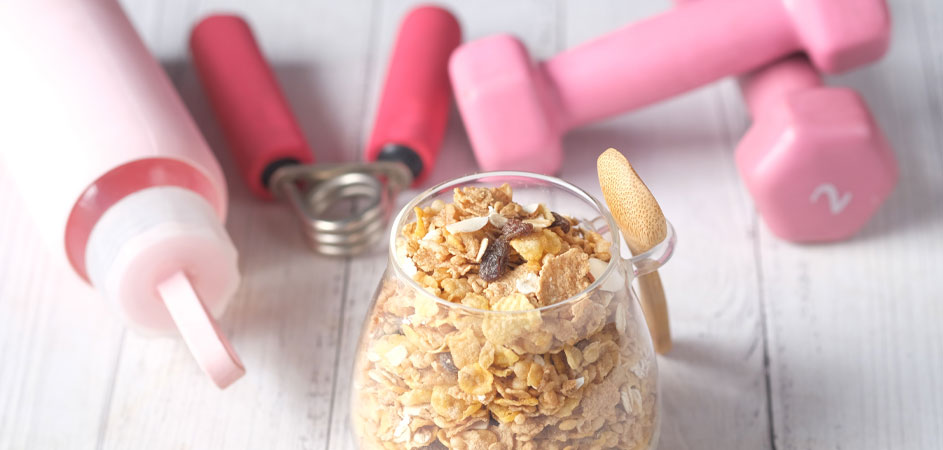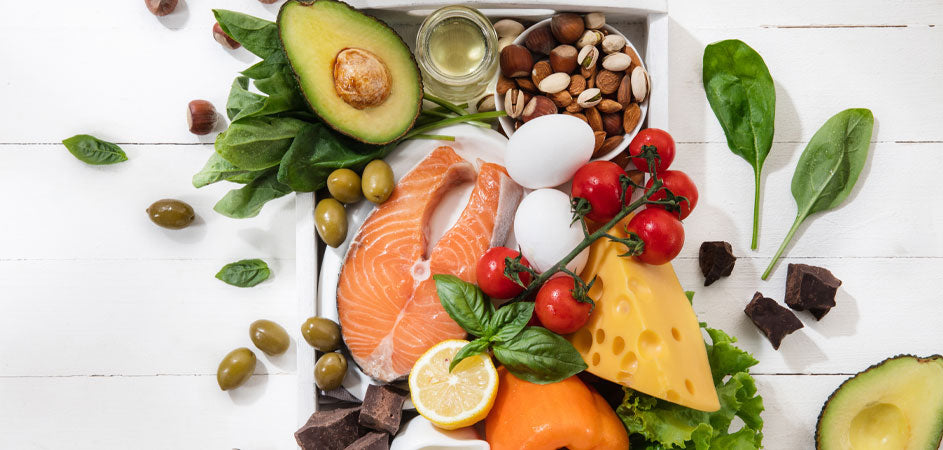post-workout recovery

Regeneration as an important factor for training success
The topic of regeneration after training is as important as the training itself. Anyone who has mastered the art of regeneration can show strength in training. If you don't use the recovery time, you will have to deal with poor performance, disinclination, overtraining and injuries despite training.
Let's put it in an exaggerated way: Sporting activity leads to a disturbance of the homeostasis (this means a disturbance in the balance of the physiological body functions. The body suffers damage to a greater or lesser extent. These can be the smallest injuries to the muscle and tendon structures, i.e. microscopic tears and stretching. These are called microlesions. And in order to increase performance, the body also releases other stress hormones (e.g. adrenaline). This in turn results in the immune system being temporarily inhibited.
If we look at this process from the point of view of evolution, it is precisely these disorders that later allow the body to grow and make it stronger. So the body not only restores balance, but adapts. This process is also known from the so-called "supercompensation", ie the organism reacts excessively as a result of a stress-induced deflection from homeostasis. The triggered recovery operations improve performance beyond baseline. Due to the stress, the supercompensation phase occurs only after a recovery phase and is reversible over time 1 . So our body responds to exercise in the following order: fatigue (during and after exercise), recovery (return to baseline), and adaptation or supercompensation (body increases performance, muscles grow, etc.)
What can optimal regeneration look like?
All we need for this is time. Because our muscles and our body need time to regenerate. Although this time can be shortened, for example through targeted nutrition, we still need a sufficient break between training and intensive stimuli.
It is worth focusing on foods that can be digested as quickly as possible immediately after training. This also includes dietary supplements.
Here we achieve an optimum in terms of regeneration by eating a good portion of vegetables after training. Tip: The vegetables should only be fried briefly in order to preserve as many micronutrients as possible, especially vitamins. Plants release many phytochemicals into the body, which helps drive supercompensation. We absorb many important additional nutrients and especially vitamins that support our body and immune system.
Notes on the intake of vitamin C: Vitamin C inhibits the adaptation processes in the muscle, so it makes no sense to add vitamin C to muscle building. It is more suitable if you need to be able to perform again quickly, for example in competitions or tournaments. Peppers in particular are very suitable because they contain a high proportion of vitamin C. Green vegetables are also good because they usually have a high iron content. In general, iron is very important for regeneration and training. However, it is absorbed very slowly by the body (iron absorption occurs at the earliest 5-8 hours after the meal!).
Nuts and grains are suitable as a source of fat due to their high content of healthy fats - especially due to the polyunsaturated fatty acids. Nuts often contain a high proportion of protein and vitamin E. However, they are not recommended immediately after training due to their high fat content and poor digestibility. As a snack a little further away from training, nuts are very suitable, as well as in shakes or muesli. Healthy fats are very important for an athlete and should not be neglected. Pistachios can be used optimally here (complete protein).
If the load is high, supplements can also be used. BCAA , proteins, L-glutamine or creatine help with this. The following can be observed:
During intensive physical activity, we get a significant regeneration booster if we ensure that the body is supplied with amino acids / protein immediately after the activity (within the first 30 minutes). Say, for example, 20-30g of protein. In order to promote absorption in the muscle tissue, it is advisable to also include sufficient carbohydrates in the regeneration meal, including high-glycemic products, as these increase the sugar and insulin level and thus enable the digested protein to get into the cells. A carbohydrate to protein ratio of 4:1 (grams) has proven to be ideal here. A high-quality whey is recommended as the protein, as it can be digested by the body the fastest. In diet phases or with goals such as body shaping and fat reduction, it is advisable to keep the carbohydrate content lower, but you have to accept losses in regeneration.
As far as nutrients, minerals and trace elements are concerned, it is generally true that a good basic supply significantly promotes regeneration. However, these substances can only be taken “temporarily” before or after units to a limited extent and thus influence regeneration. Rather, you should regularly ensure that you have a sufficient supply, adapted to your level of activity - otherwise you will have to accept a delayed regeneration time. The same applies to stress levels and adequate sleep. For those who suffer from sleep deprivation, taking a post-workout power nap isn't going to offset the negative effects it has on recovery (although it's still better than not taking a power nap).
Tip: Support regeneration with a sauna after training or a power nap after training. We should rather avoid stress (also mentally).
Conclusion
Good nutrition always leads to good regeneration. The amount of food fed should be individually adjusted. It is important not to eat too complex a meal directly after training in order to guarantee a rapid nutrient supply of proteins and carbohydrates.
1: Academy for Sport and Health: "Supercompensation"







